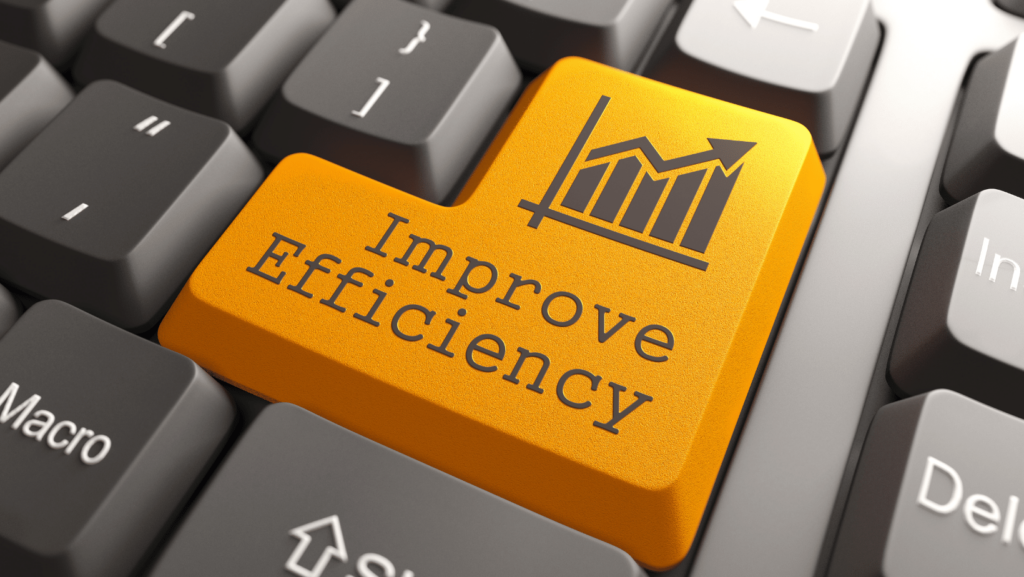
As technology continues to advance, businesses are transitioning from traditional paper-based accounting methods to digital accounting systems. This shift offers numerous benefits, including improved efficiency, accuracy, and accessibility of financial data. In this article, we will explore the concept of digital accounting, its advantages, and how to streamline your system for optimal efficiency.
Understanding Digital Accounting:
Digital accounting refers to the use of computerized systems and software to record, process, and manage financial transactions and information. It replaces manual bookkeeping processes with automated solutions, enabling businesses to streamline their accounting operations. Key elements of digital accounting systems include electronic data entry, automated calculations, real-time reporting, and integration with other business software.
Benefits of Streamlined Digital Accounting Systems:
Streamlined digital accounting systems provide several advantages for businesses. Firstly, they significantly improve efficiency and save time by automating repetitive tasks, such as data entry and calculations. This allows accounting professionals to focus on more value-added activities. Secondly, digital accounting systems enhance accuracy and reduce errors, as they eliminate the risks associated with manual data entry and calculations. Thirdly, these systems centralize financial data, making it easily accessible and facilitating better decision-making and financial analysis.
Transitioning to Digital Accounting:
Transitioning to digital accounting requires careful planning and execution. The first step is to assess your current accounting processes and identify areas that can benefit from automation and streamlining. Next, select the right accounting software that aligns with your business needs, budget, and scalability requirements. Consider factors such as user-friendliness, features, integrations, and customer support. Once the software is chosen, migrate your existing data and implement the system in stages to ensure a smooth transition.
Best Practices for Streamlined Digital Accounting:
To optimize the benefits of digital accounting, it is essential to follow best practices. Start by standardizing your chart of accounts and workflows to maintain consistency and facilitate easier data analysis. Automate routine tasks, such as invoicing and bank reconciliations, to save time and reduce errors. Embrace cloud-based solutions that provide anytime, anywhere access to your financial data and enable collaboration among team members.
Ensuring Data Security and Backup:
With digital accounting comes the need for robust data security measures. Implement strong user access controls, password policies, and encryption techniques to protect sensitive financial information. Regularly back up your data to prevent loss due to system failures, cyberattacks, or accidental deletions. Develop a disaster recovery plan to minimize downtime and ensure business continuity in case of data breaches or natural disasters.
Training and Support for Digital Accounting Systems:
Transitioning to a digital accounting system requires proper training for your staff. Provide comprehensive training on the new software’s functionalities and features to ensure its effective utilization. Access technical support and online resources offered by the software provider to address any issues or questions that may arise during implementation and daily operations.
Conclusion:
Transitioning to digital accounting offers businesses a range of benefits, including improved efficiency, accuracy, and accessibility of financial data. By understanding the concept of digital accounting, selecting the right software, streamlining processes, and implementing best practices, organizations can optimize their accounting operations. Moreover, prioritizing data security and backup measures, as well as providing training and support, ensures a successful transition and long-term success in the digital era of accounting.

